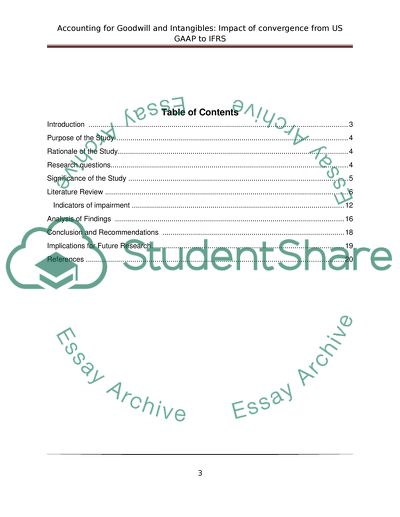Cite this document
(“Accounting for Goodwill and Intangibles : Impact of convergence from Research Paper”, n.d.)
Retrieved de https://studentshare.org/family-consumer-science/1406417-accounting-for-goodwill-and-intangibles-yt-impact
Retrieved de https://studentshare.org/family-consumer-science/1406417-accounting-for-goodwill-and-intangibles-yt-impact
(Accounting for Goodwill and Intangibles : Impact of Convergence from Research Paper)
https://studentshare.org/family-consumer-science/1406417-accounting-for-goodwill-and-intangibles-yt-impact.
https://studentshare.org/family-consumer-science/1406417-accounting-for-goodwill-and-intangibles-yt-impact.
“Accounting for Goodwill and Intangibles : Impact of Convergence from Research Paper”, n.d. https://studentshare.org/family-consumer-science/1406417-accounting-for-goodwill-and-intangibles-yt-impact.


